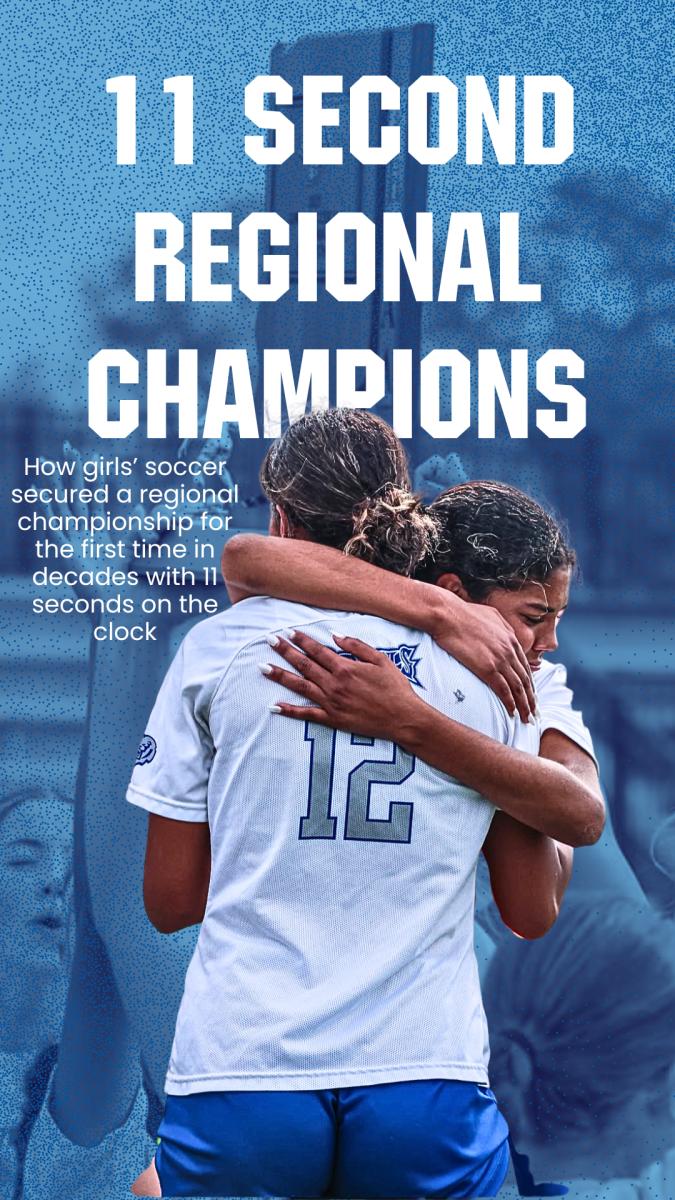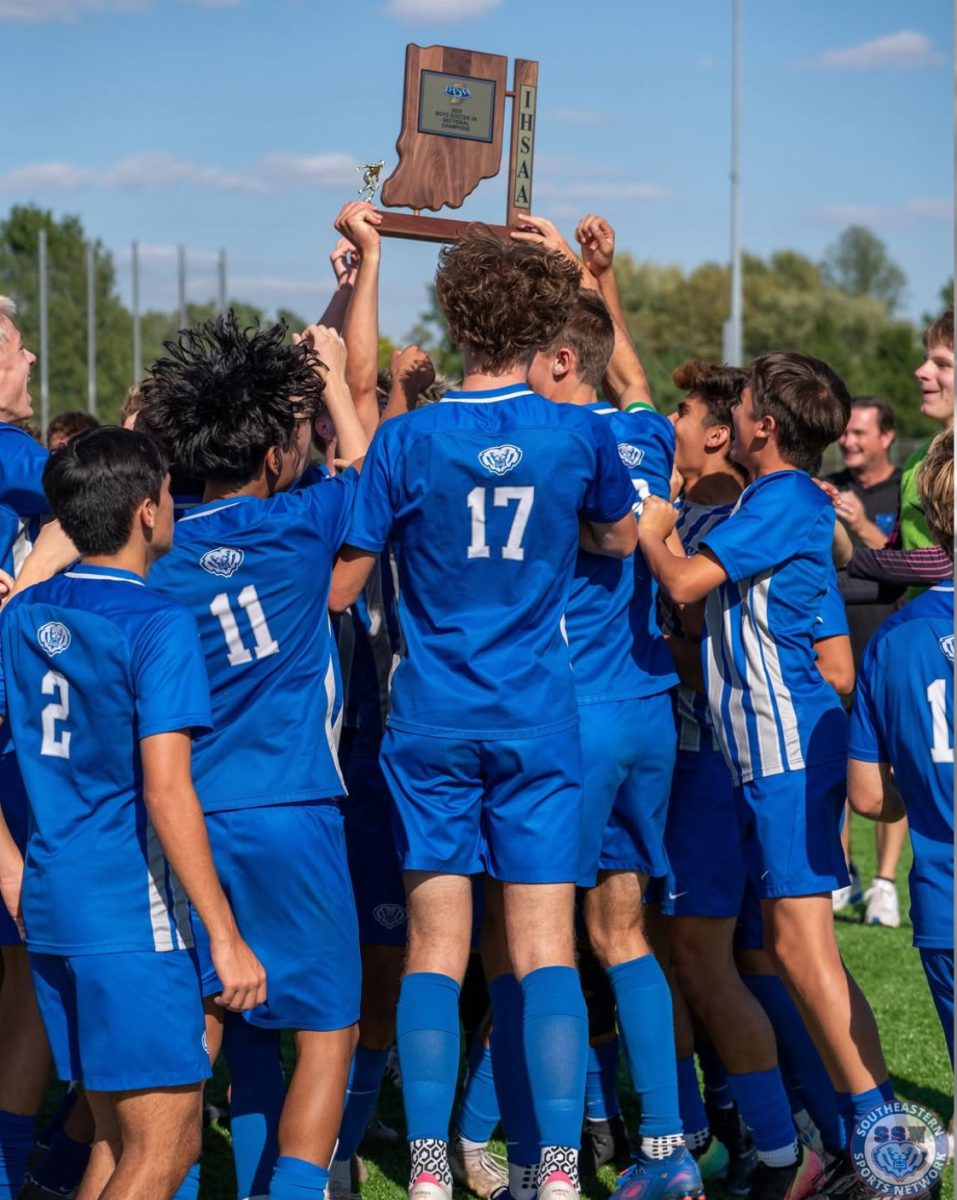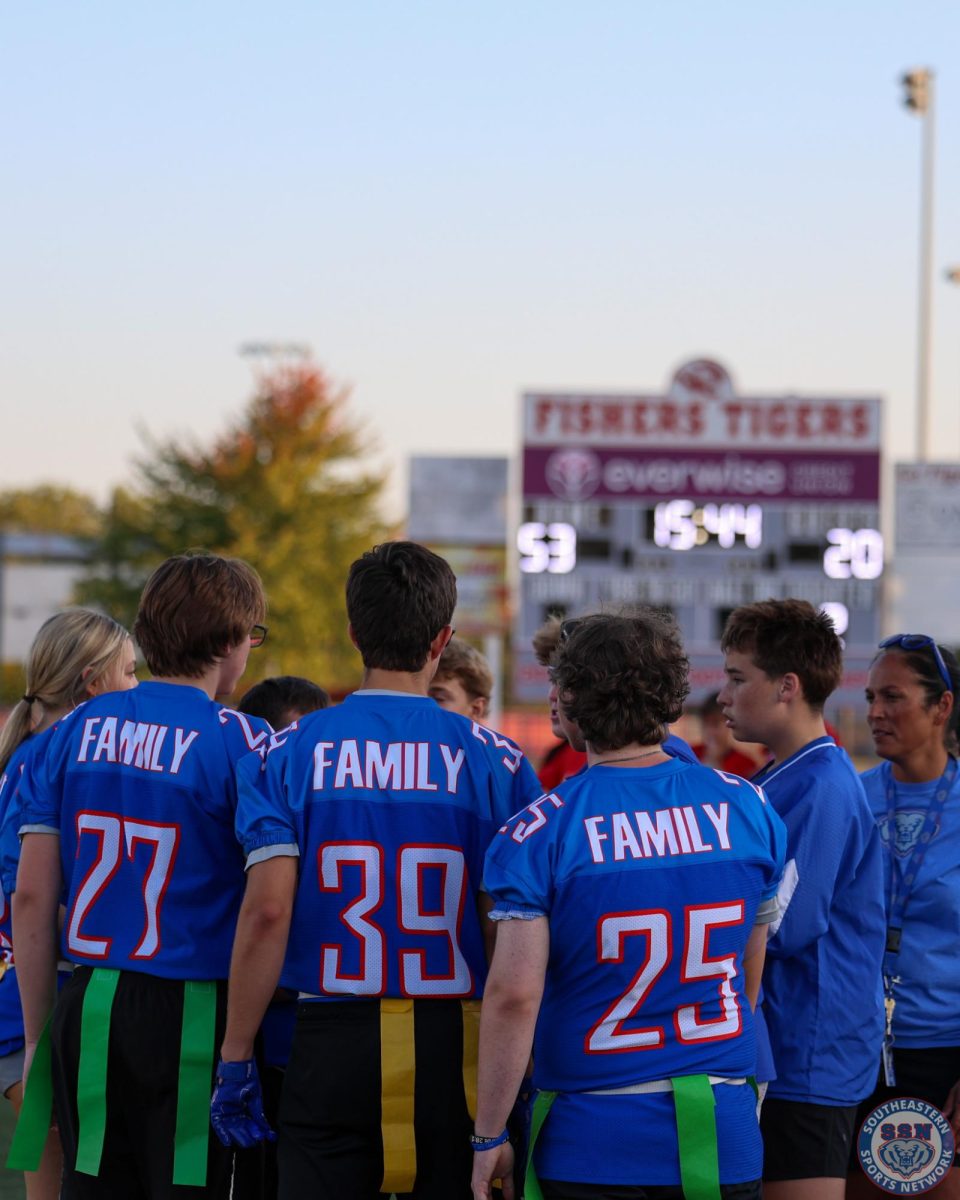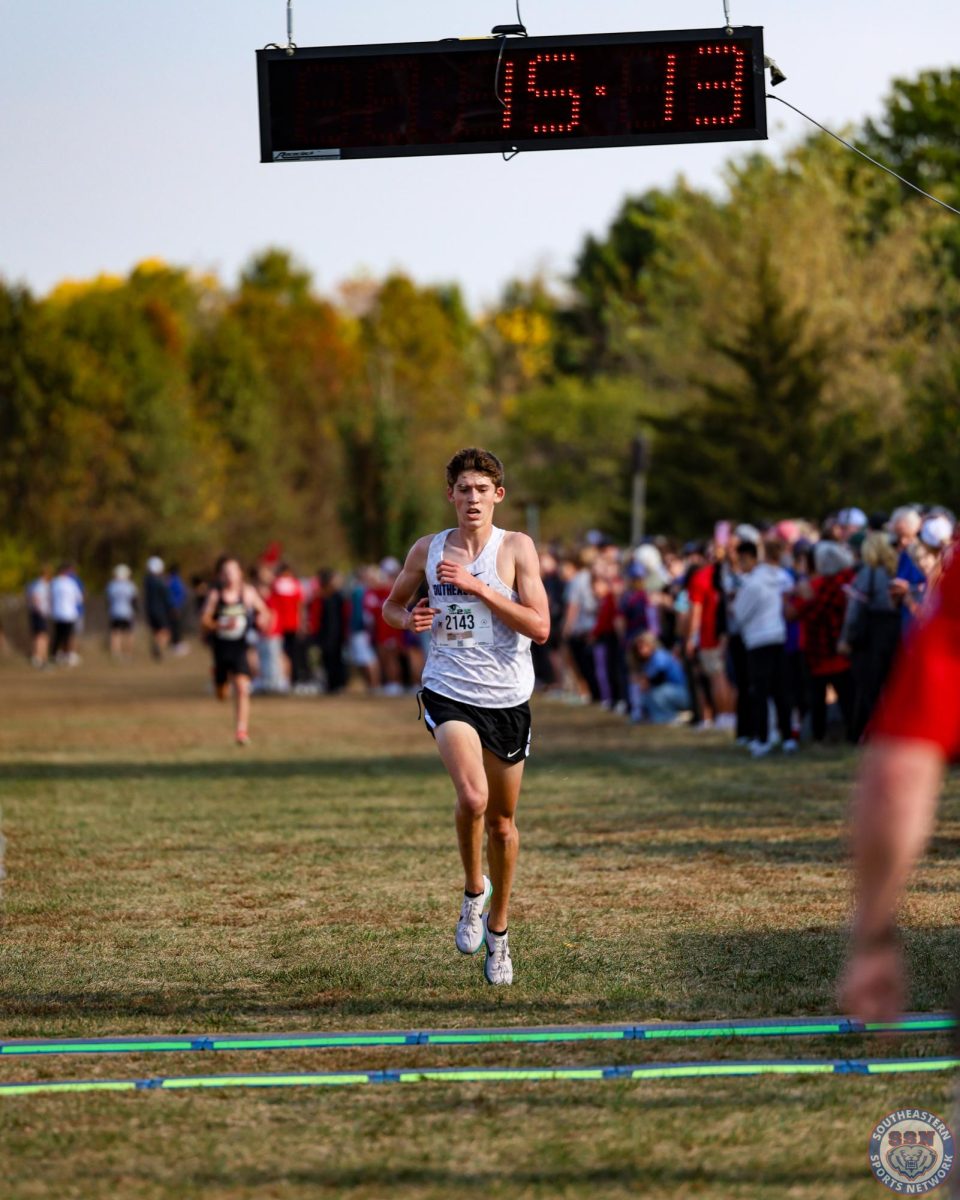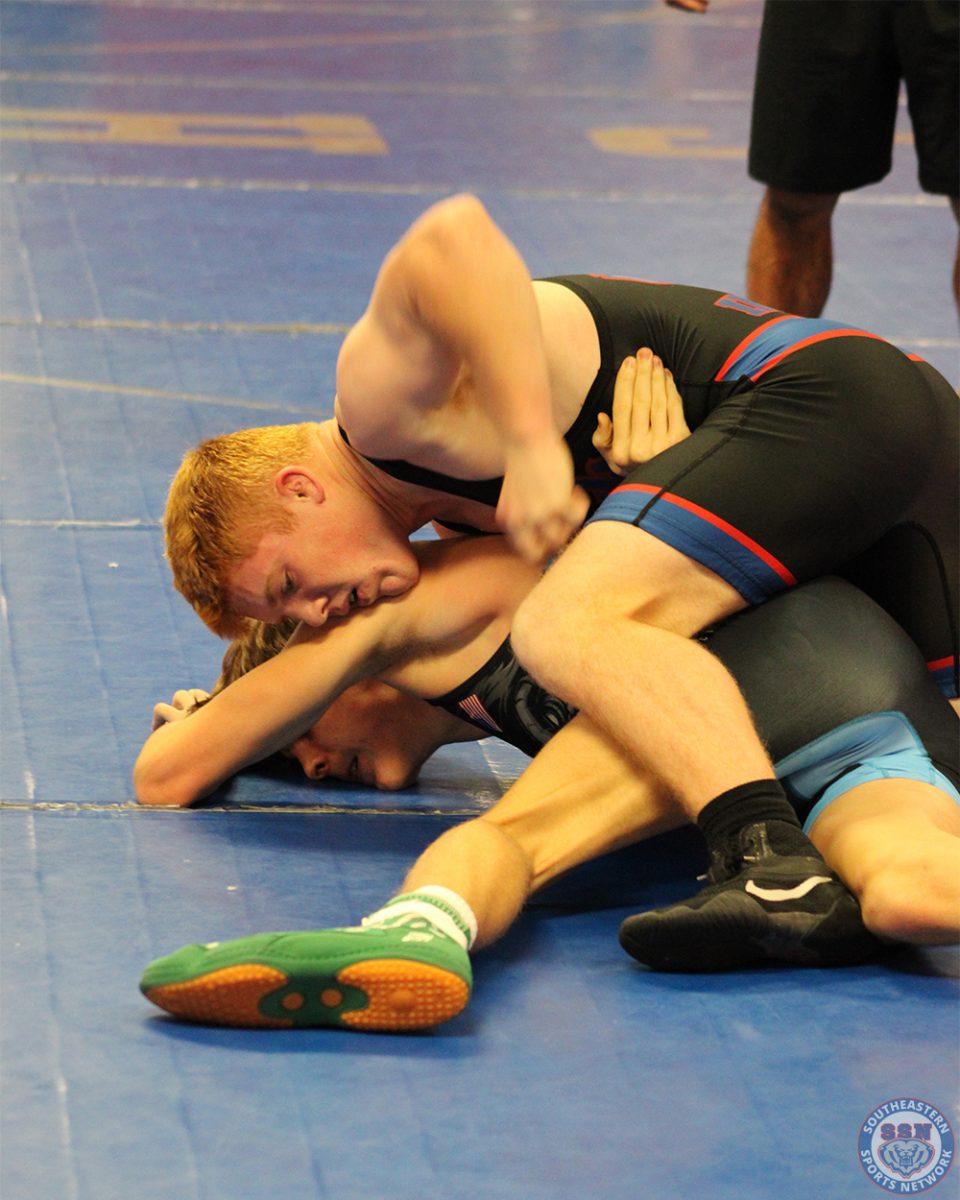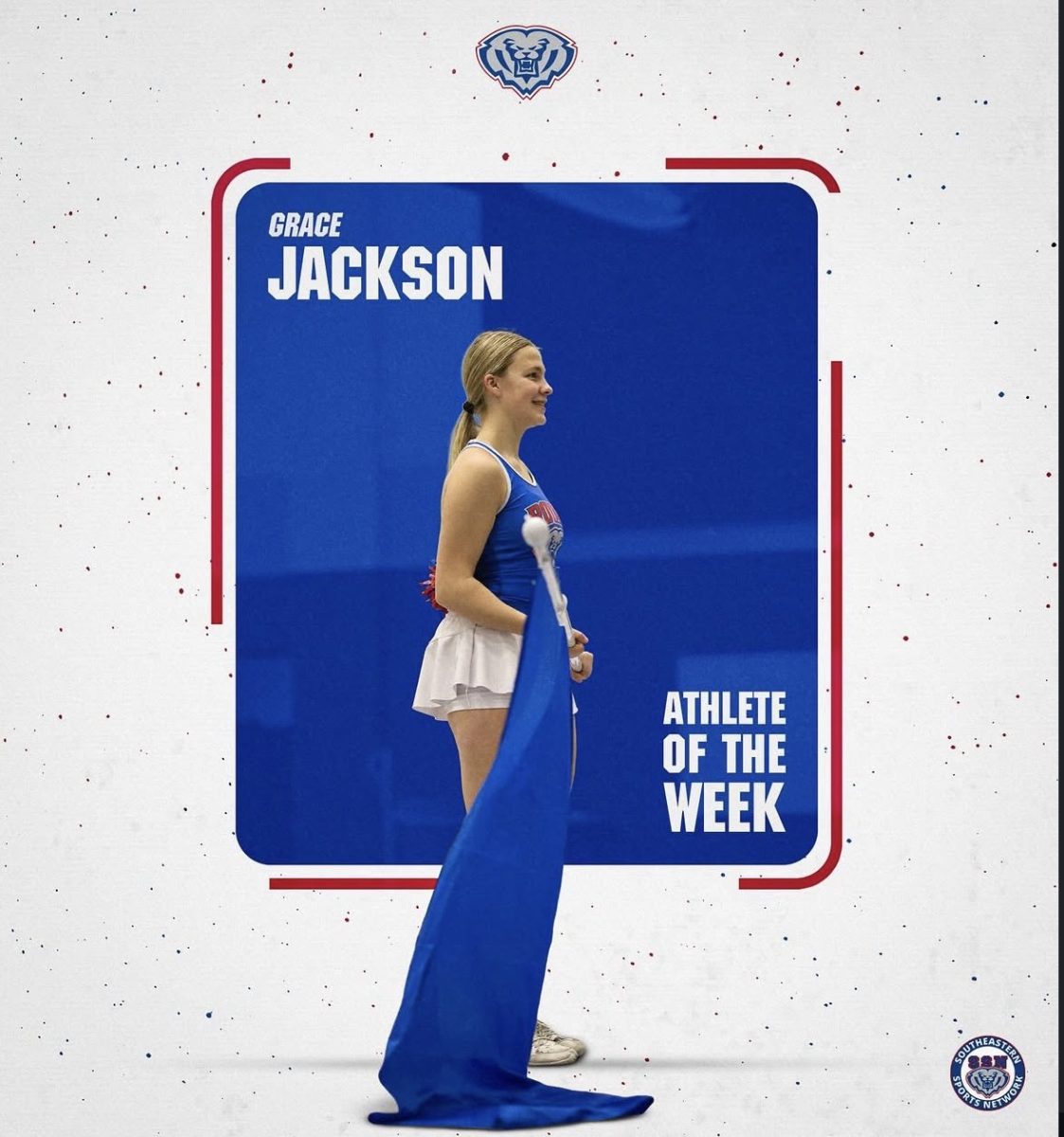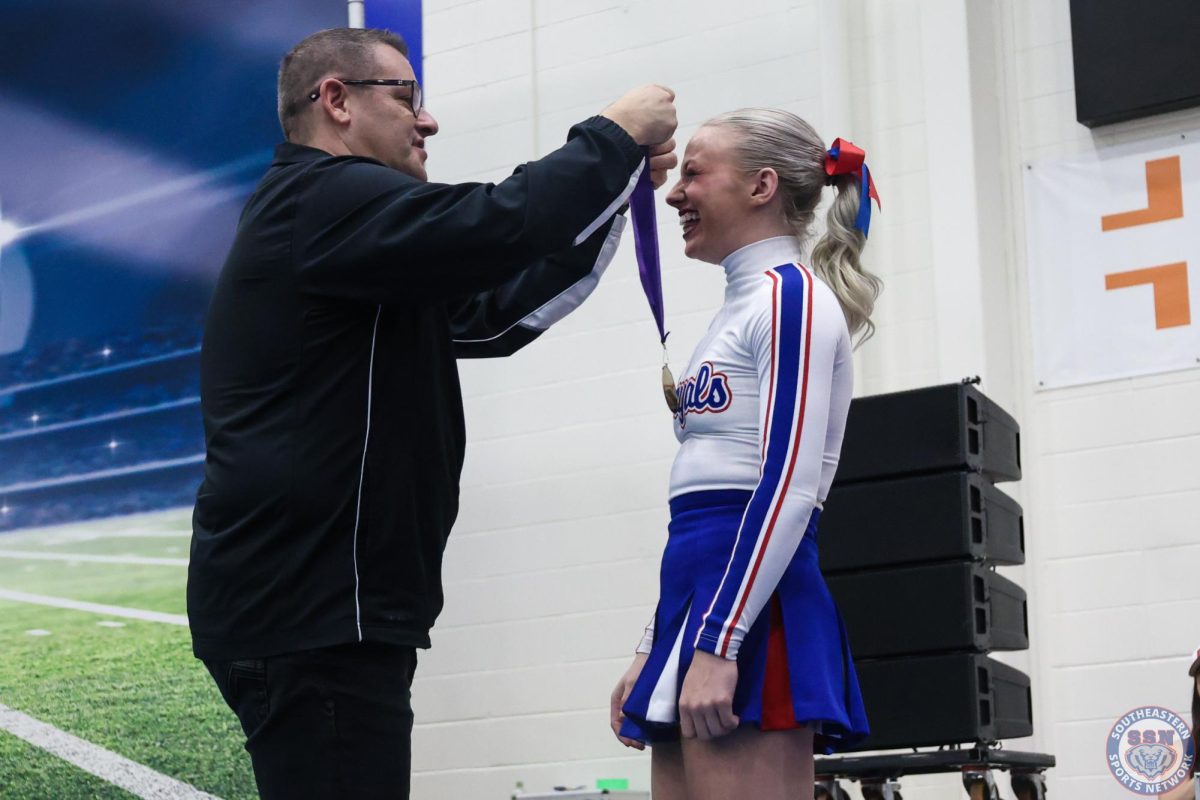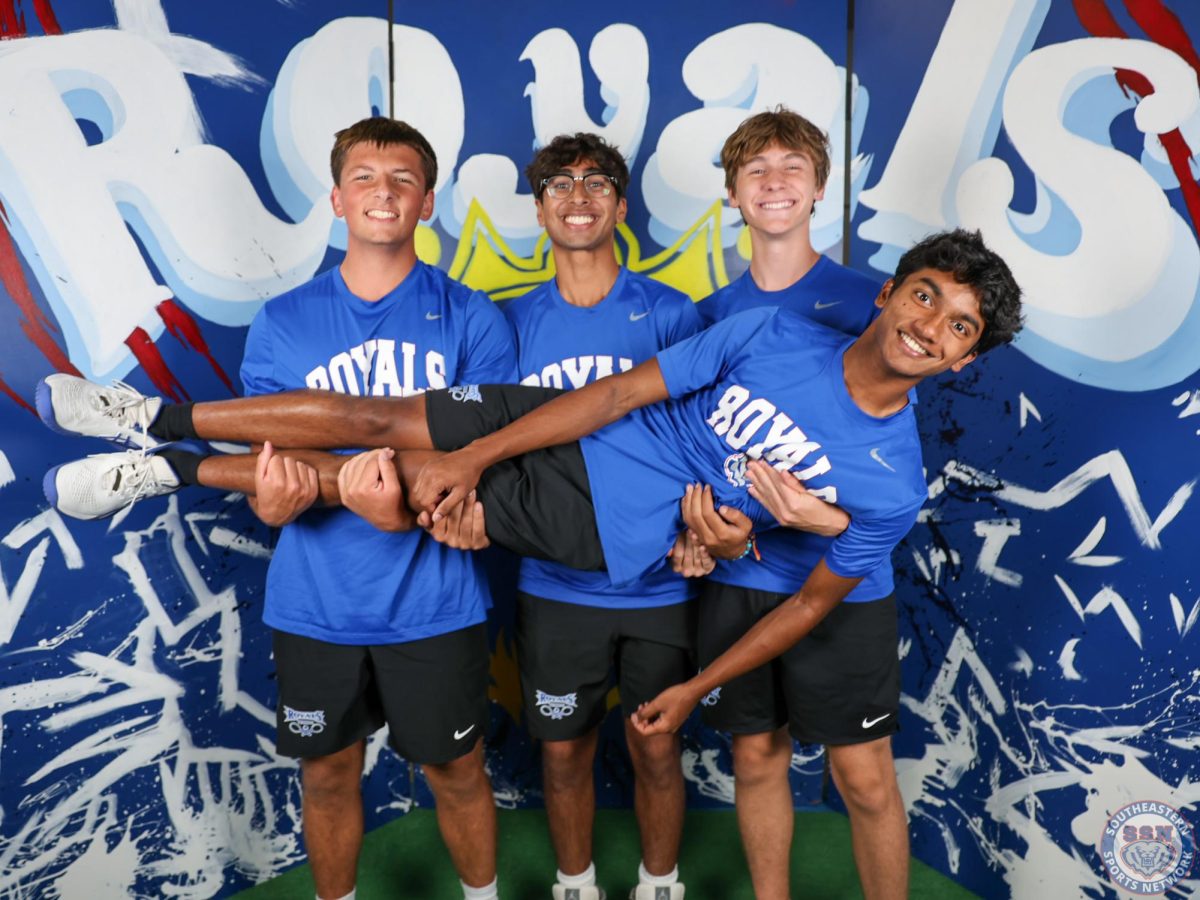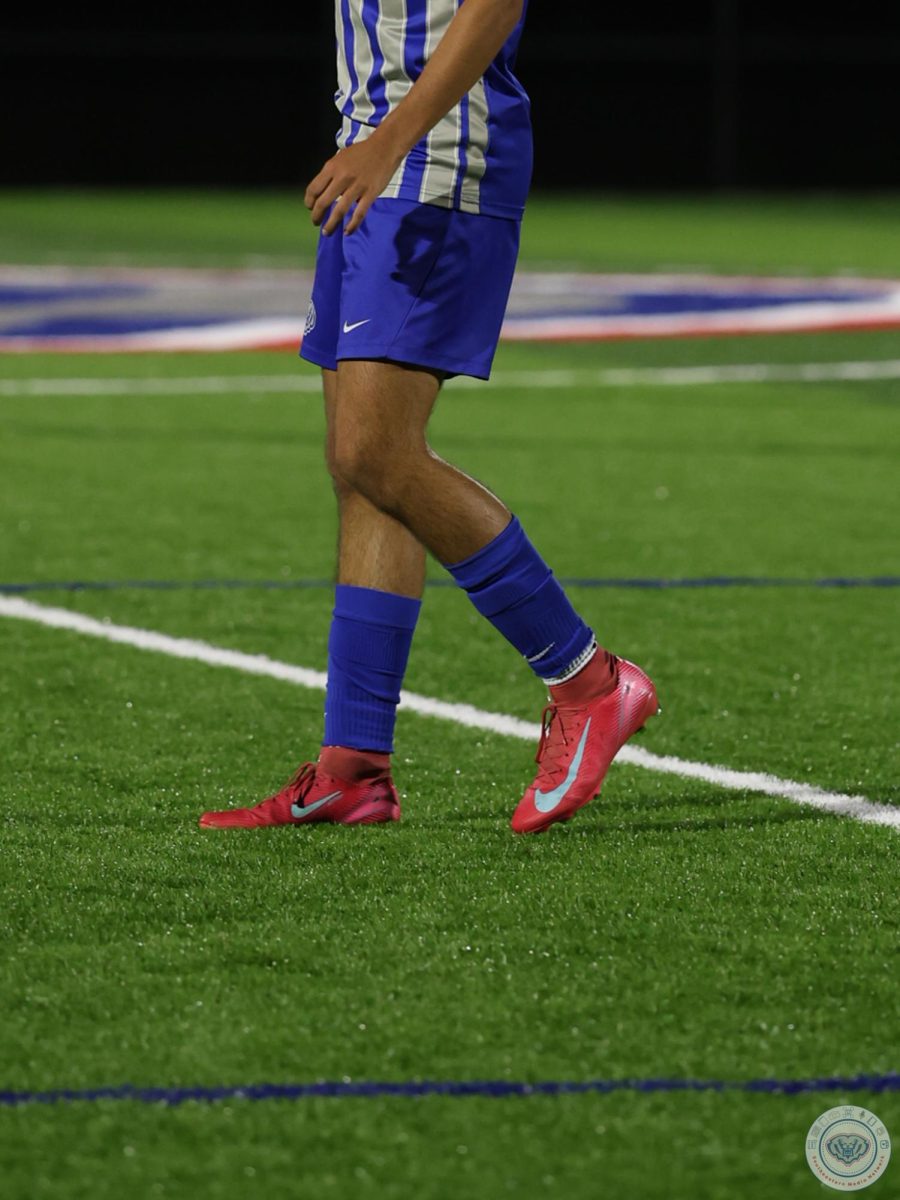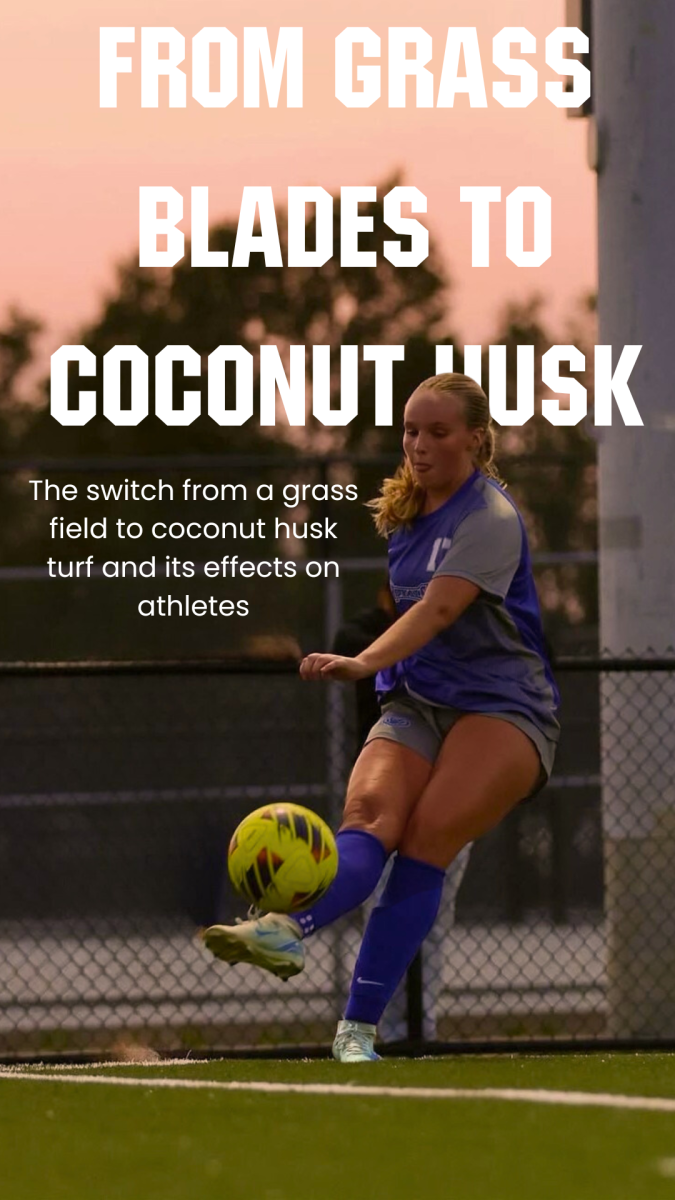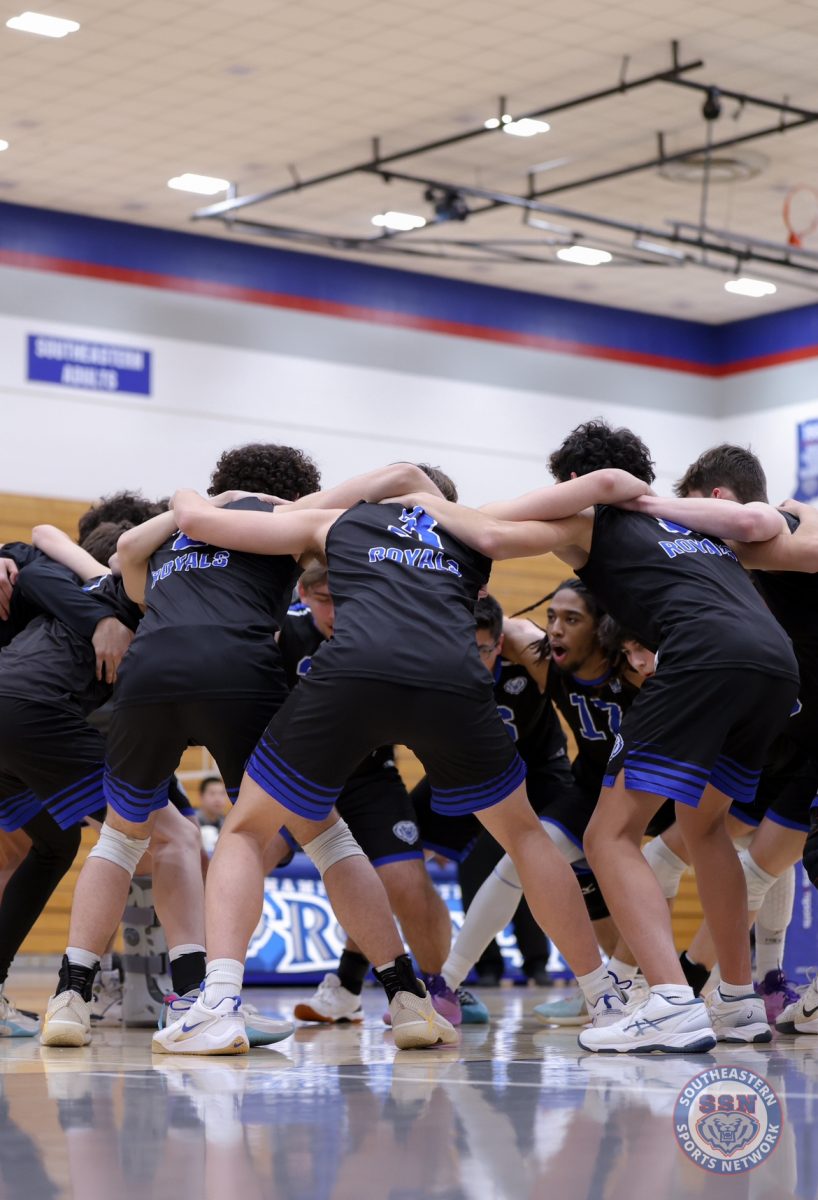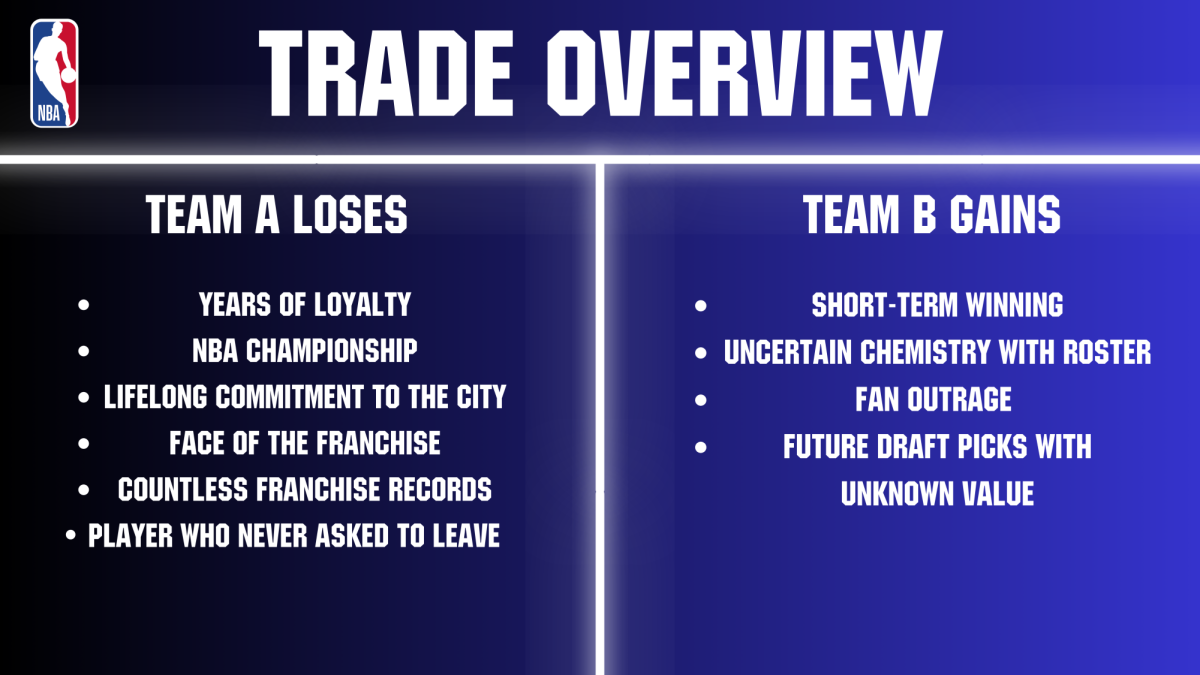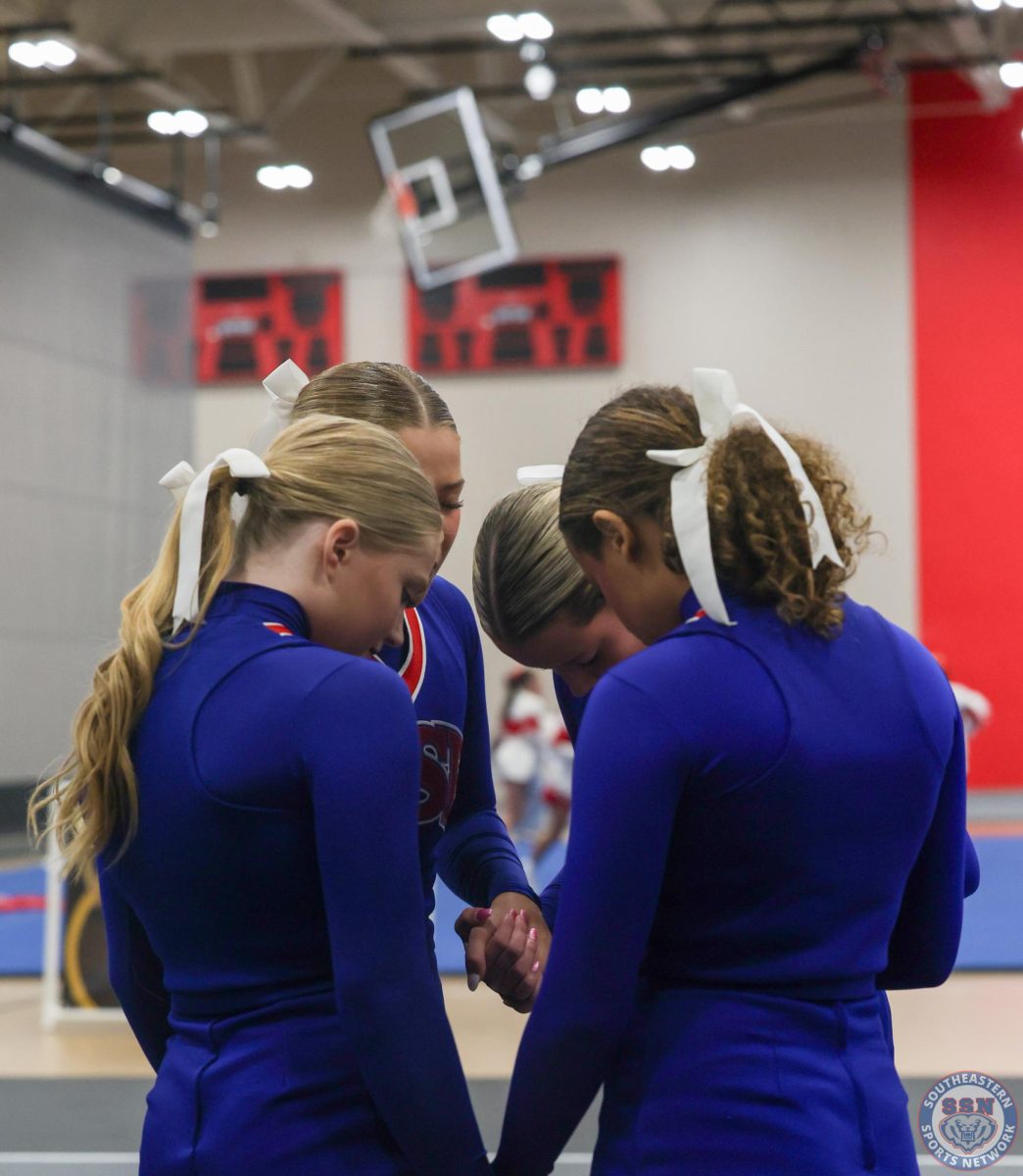The jump to high school can feel huge, but for cheerleaders, it’s not just about harder classes. It’s about performing for larger crowds, mastering tougher skills, and having to earn a spot in a sport that strives for complete perfection. For Harper Swann, that leap has been one of perseverance, passion, and growth.
Every story has a beginning, and for Swann’s cheer career, it started when she was just six years old. Many cheerleaders join the sport for different reasons – some for fun, others because their parents encouraged it Рbut for Swann, it began with a role model and some inspiration. Her neighbor, a cheerleader, introduced her to the sport. “She would teach me different cheers and routines in our front yards,” Swann recalls. Those small, front yard lessons planted the seed that would continue to grow for many years to come.
What began as a fun pastime soon would become much bigger. As time went on, she decided to join a local club team. She was then beginning to learn what is truly meant to be an athlete. The practices – long, the skills – challenging, but her love for the sport was blooming.
At just nine years old, Swann recalls a time when she fell during a major competition while being a flyer for her club team, ‚ÄúI felt horrible for letting the team down,‚Äù she says. The fall was quick, but it became a defining moment in her cheer career. Rather than shutting down and walking away from the sport, Swann realized that even a sport built on precision, mistakes are a part of progress. ‚ÄúI made a commitment to always give everything and leave everything on the mat,” Swann states. This lesson would last longer than just the few weeks following the competition but ultimately end up shaping the athlete she is today.
Swann’s story wasn’t all sunshine and rainbows, like most athletes, cheerleaders deal with burnout. Burnout refers to a state of emotional, physical, or mental exhaustion caused by a range of things, the most defining factor being prolonged excessive stress. ‚ÄúI think burnout is inevitable‚Äù says Swann. But, she isn‚Äôt the only one experiencing this, according to The American Academy of Pediatrics nearly 1 in 10 youth athletes experience symptoms of burnout. Burnout is hard and makes you forget about why you joined the sport in the first place. When Swann experiences burnout she, ‚Äúleans on the love of the sport and [her] friends‚Äù. This allows her to remember the joy she feels performing and the tight bonds she has made with her teammates.
Teammates aren‚Äôt the only reason why cheerleaders stay with the sport – coaches play a big role too. For Harper Swann, it was her coach, Tony, who inspired her to persevere even when she doubted herself. ‚ÄúI wasn‚Äôt sure if I wanted to do another season,‚Äù says Swann. ‚ÄúHis drive to win and improve was contagious‚Äù. Swann explains how Coach Tony would consistently push the team to be better, not just on the mat, but off it too. His dedication reminded her why she started cheer in the first place ‚Äì to have fun.¬Ý Without his encouragement and support, she says she might have stepped away from cheer entirely.
Reflecting on her journey, Swann offers advice to her younger self, ‚ÄúI would tell my younger self to keep up the grind, the work and development, it pays off in cheerleading and life.”

